
Peoples and Languages
Social Media
Leave comments, suggestions, keep an eye on news in our groups on VK, Odnoklassniki and Telegram channel


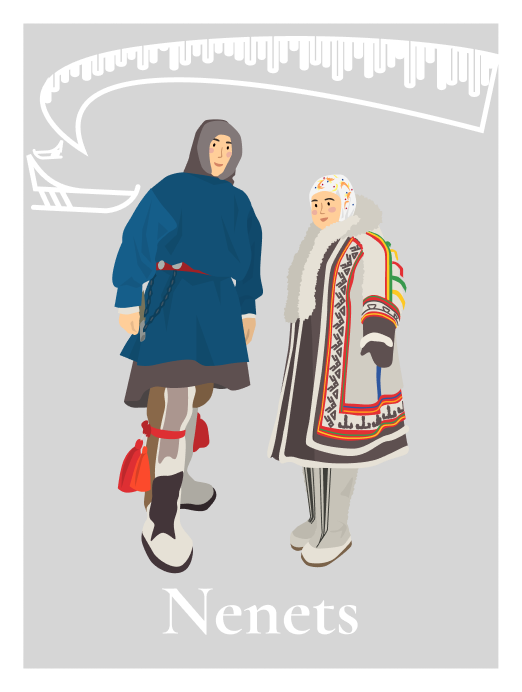
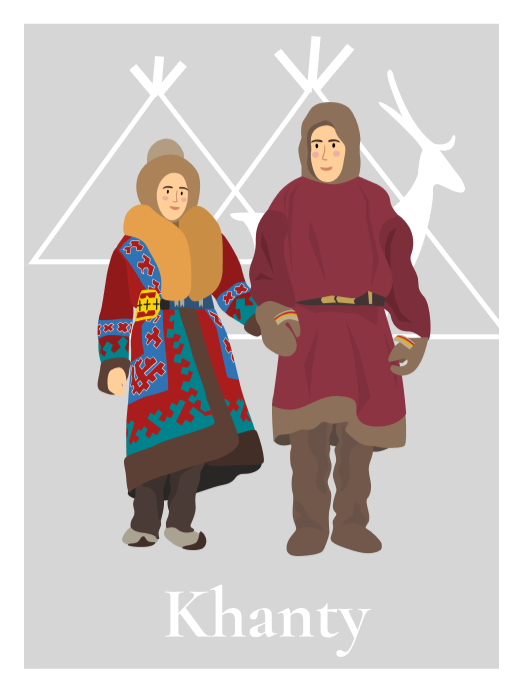


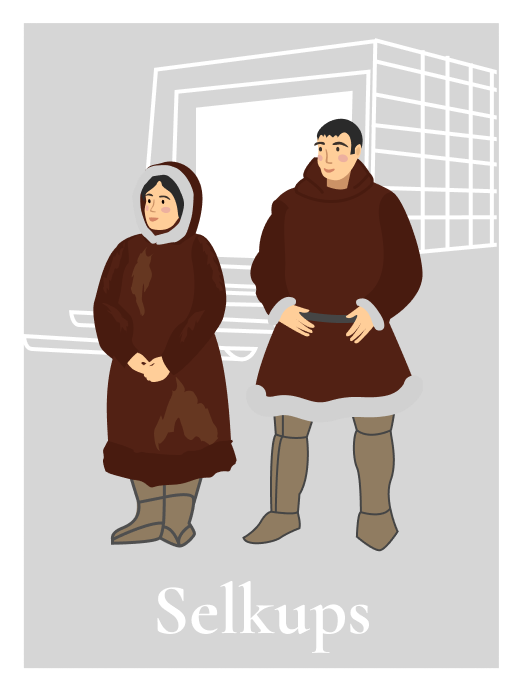
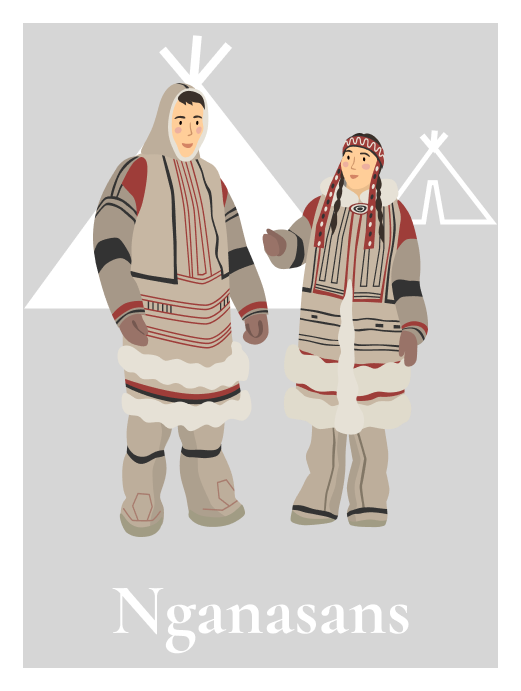
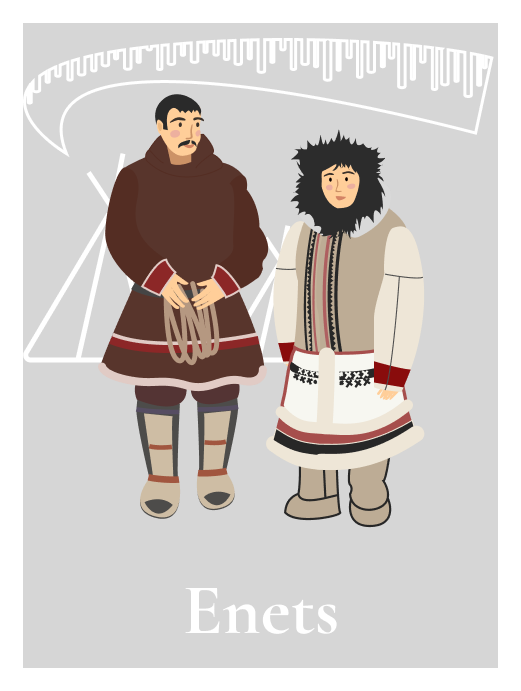
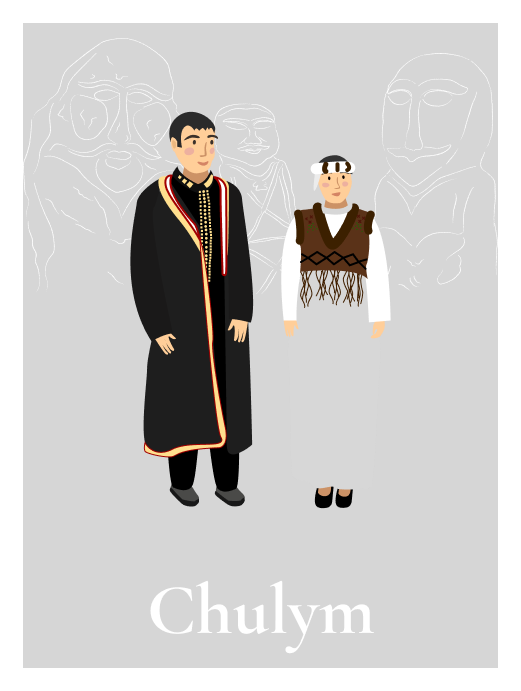
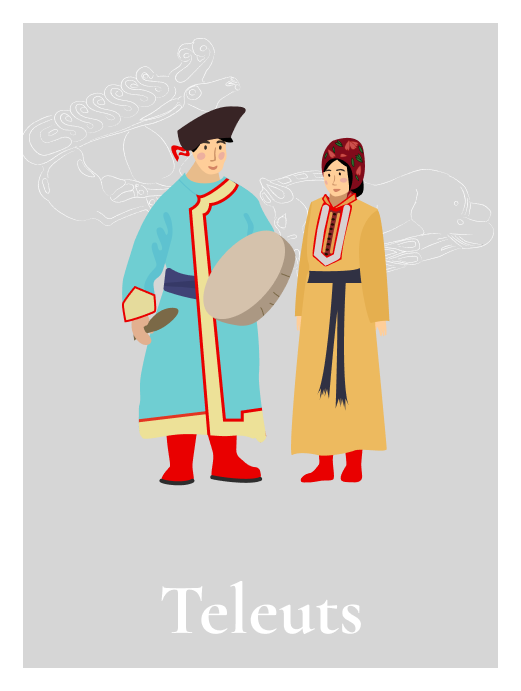


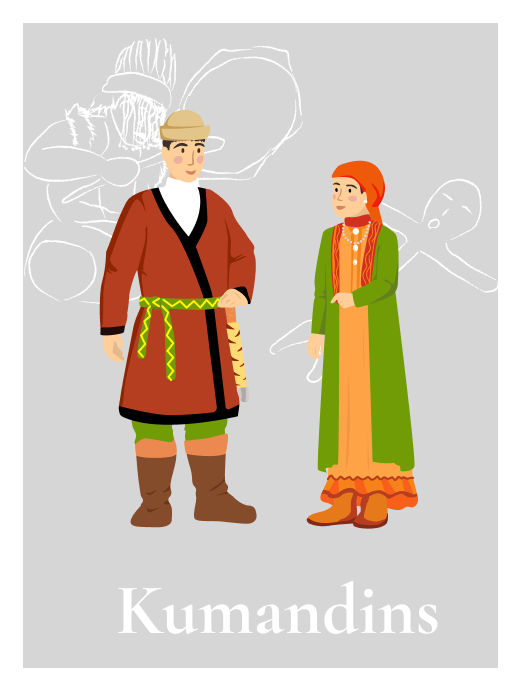

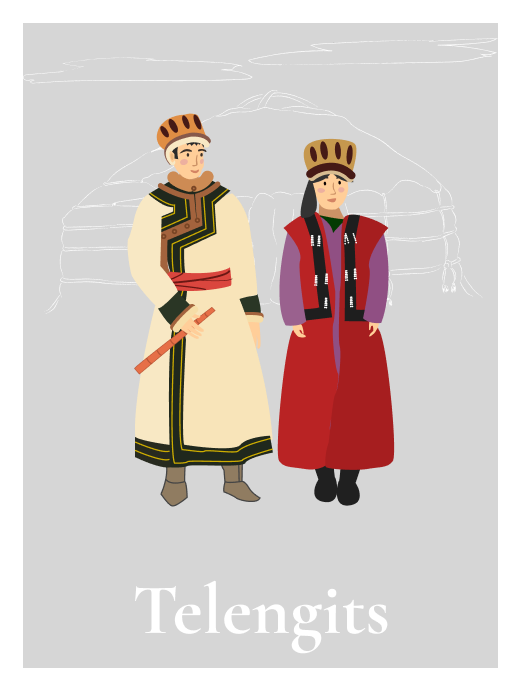

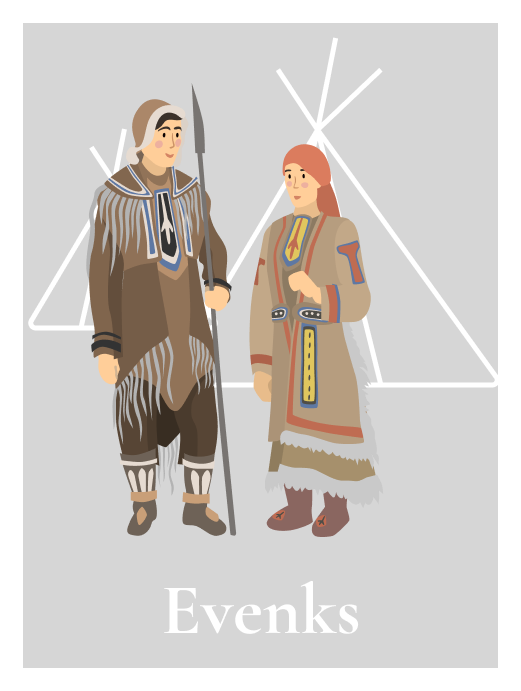
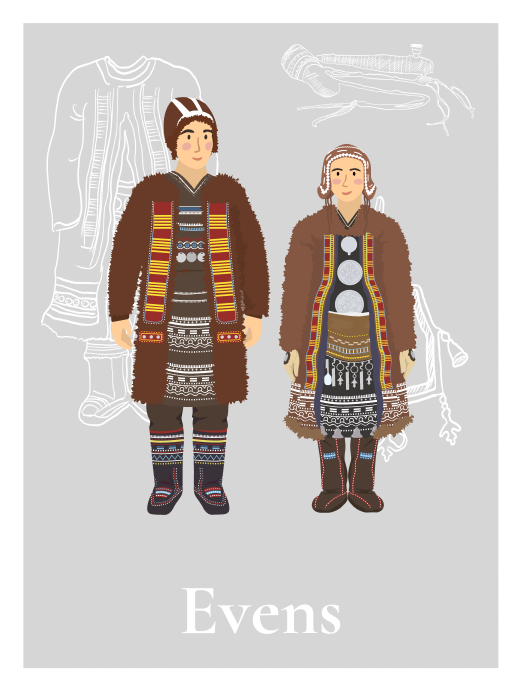
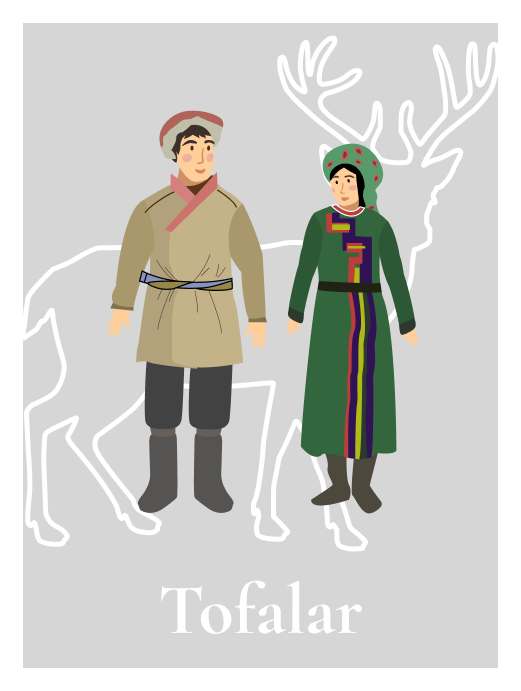
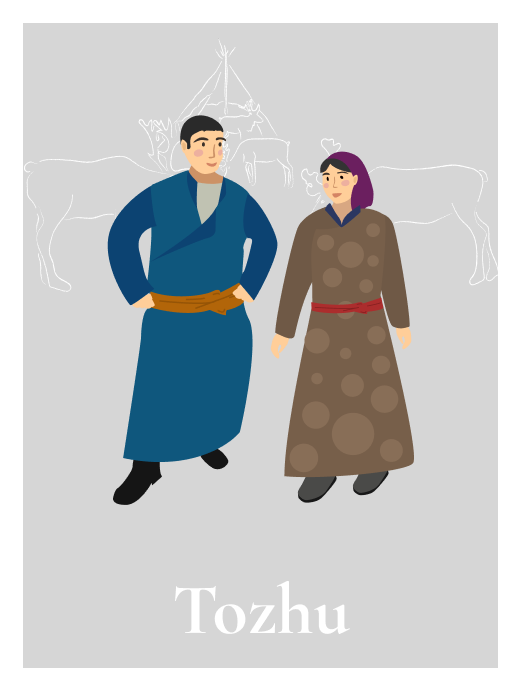
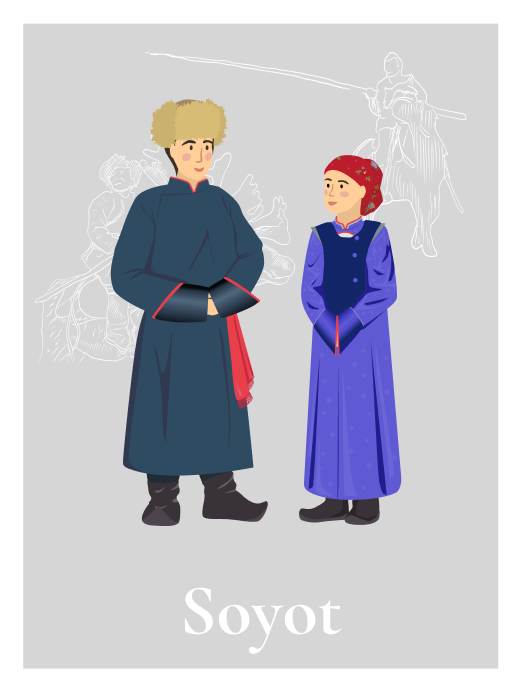
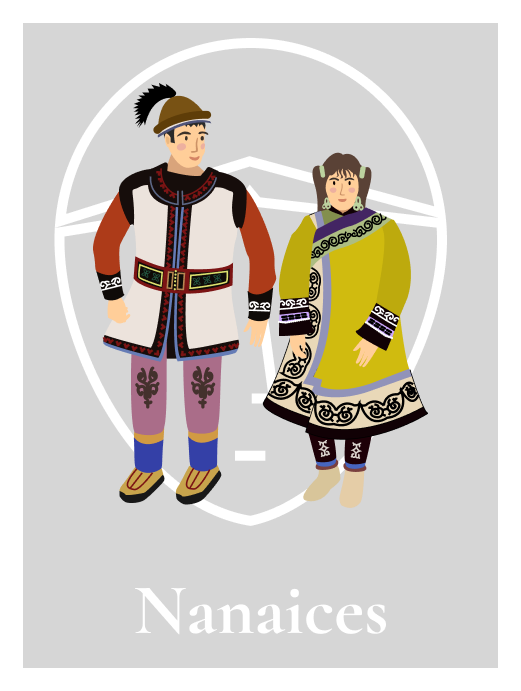
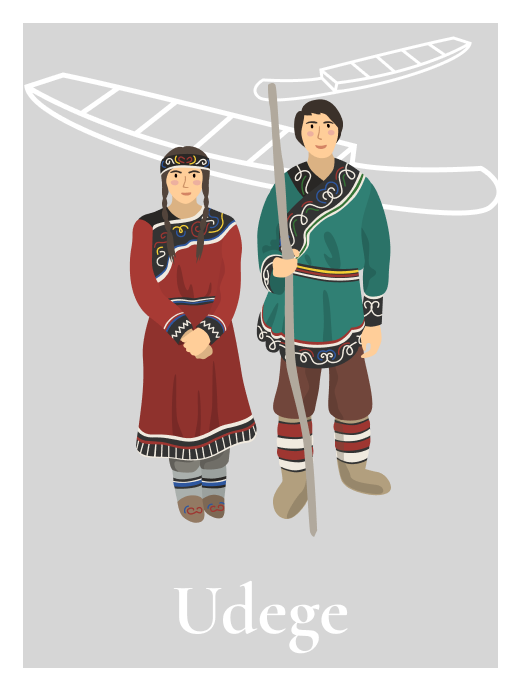

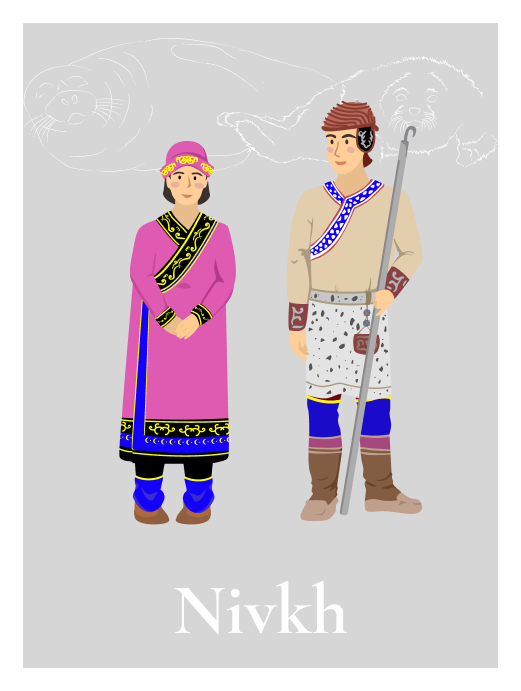
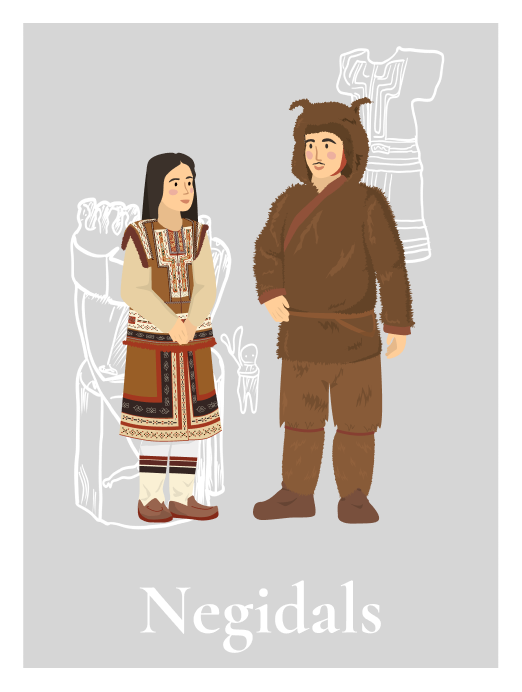



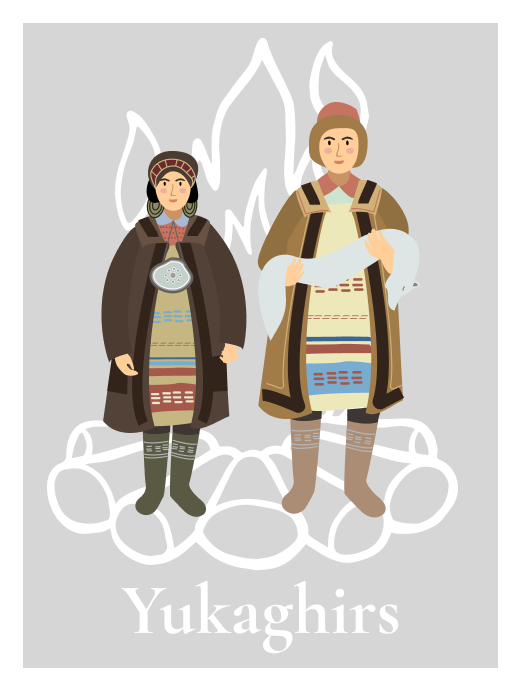
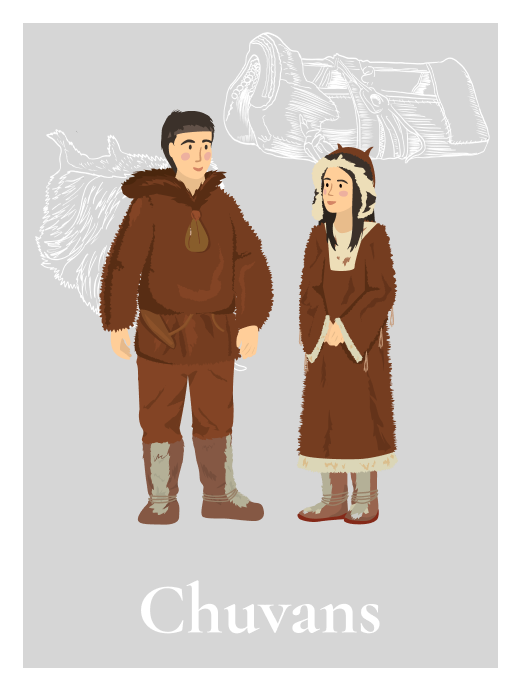
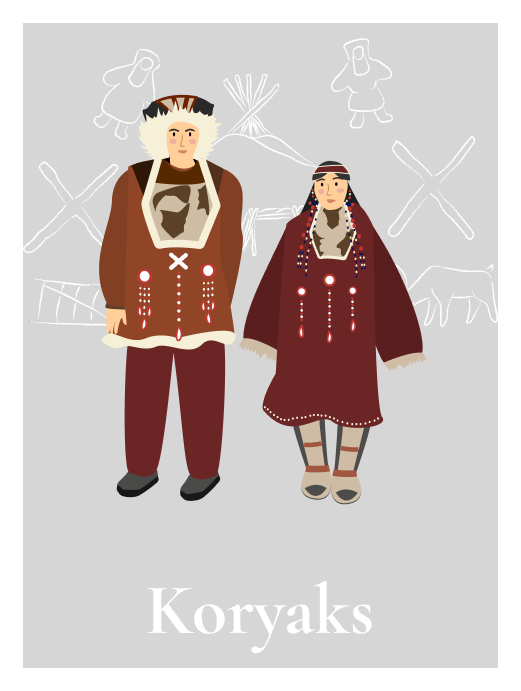

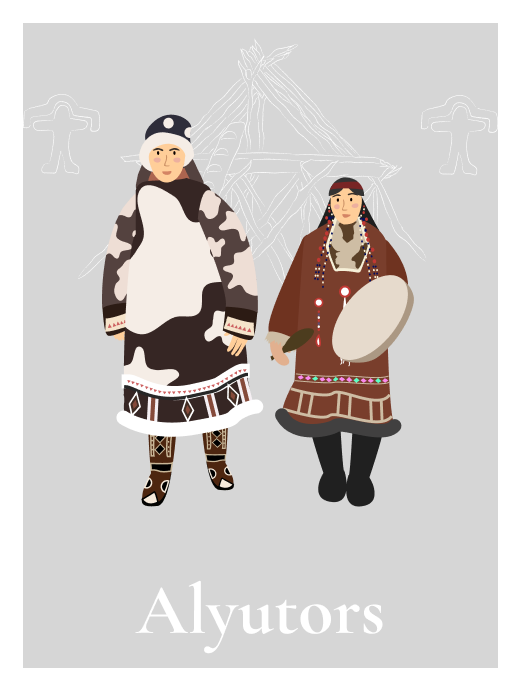


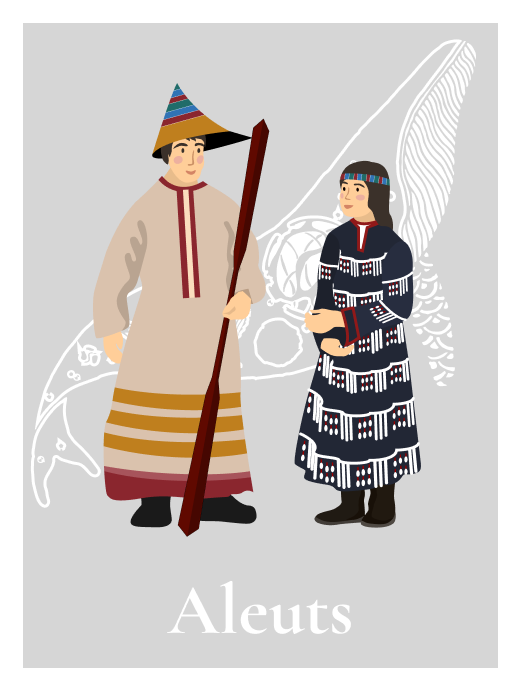

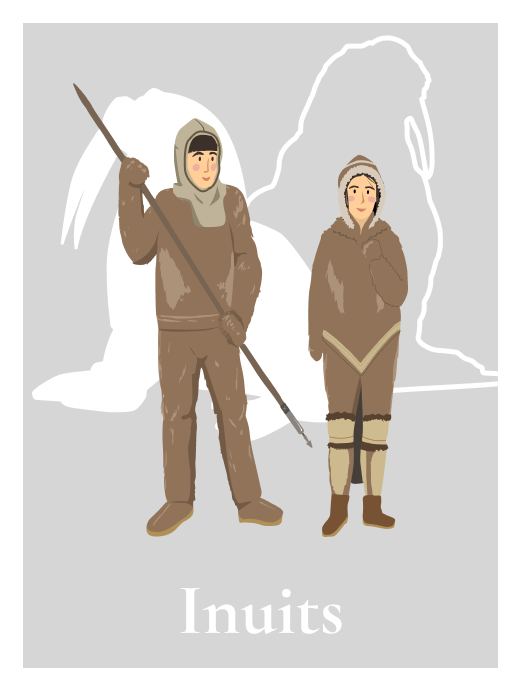
The language is known as Yokanga-Sami (Saami), Yokanga Sami, Terek Sami; European Ter Saami. These linguonyms are derived from the name of the Yokanga River or the Tersky Сoast of the White Sea, respectively. The word used by the native speakers is saam’ kill ‘Saami language’, ethnic self-name sam’m’l’a. The official name used in government documents or the Constitution: Saami (саамский). Names used previously (exonyms): Lapp language, Lappish, Lopari/Loparski language.
According to the census of 2020, the total number of speakers is 259 people, but the census took into account the combined knowledge of all the Saami languages on the territory of the Russian Federation. Of these, the overwhelming majority are speakers of Kildin. Fewer than 10 people of the older generation speak Yokanga, and all of them have a low level of proficiency; they can only be regarded as semi-speakers. In the сensus of 2010, 353 people indicated their knowledge of Saami, i.e. the dynamic is negative. In the second half of the 20th century, Yokanga was spoken in the villages of Yokanga and Chalmny-Varre. Currently, the speakers of Yokanga Saami do not live in their traditional places of settlement, because they were resettled in the process of consolidation of villages. That was the main reason for the loss of the language.
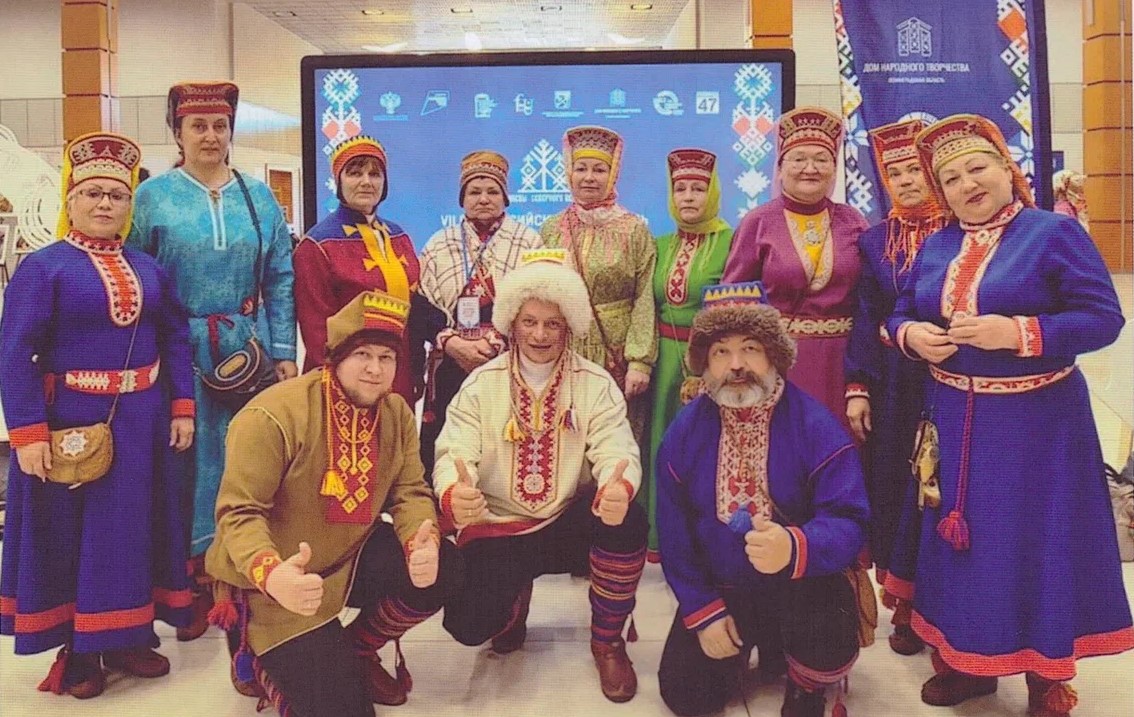

The total number of the Saami, according to the latest census, is 1,530 people (the census of 2010 identified 1,771, thus showing a definite negative trend). The census takes into account all the Saami without dividing them into ethnic groups. In 2010, there were 10 people who regarded themselves as the Yokanga Saami [Scheller 2010]. The traditional occupation of the Saami was reindeer herding, which required a semi-nomadic lifestyle. The Saami roamed in clans with common property and common land use rights. The specificity of reindeer herding was such that they seasonally moved along the meridian: in summer approaching the sea, where they fished, and in winter heading inland.